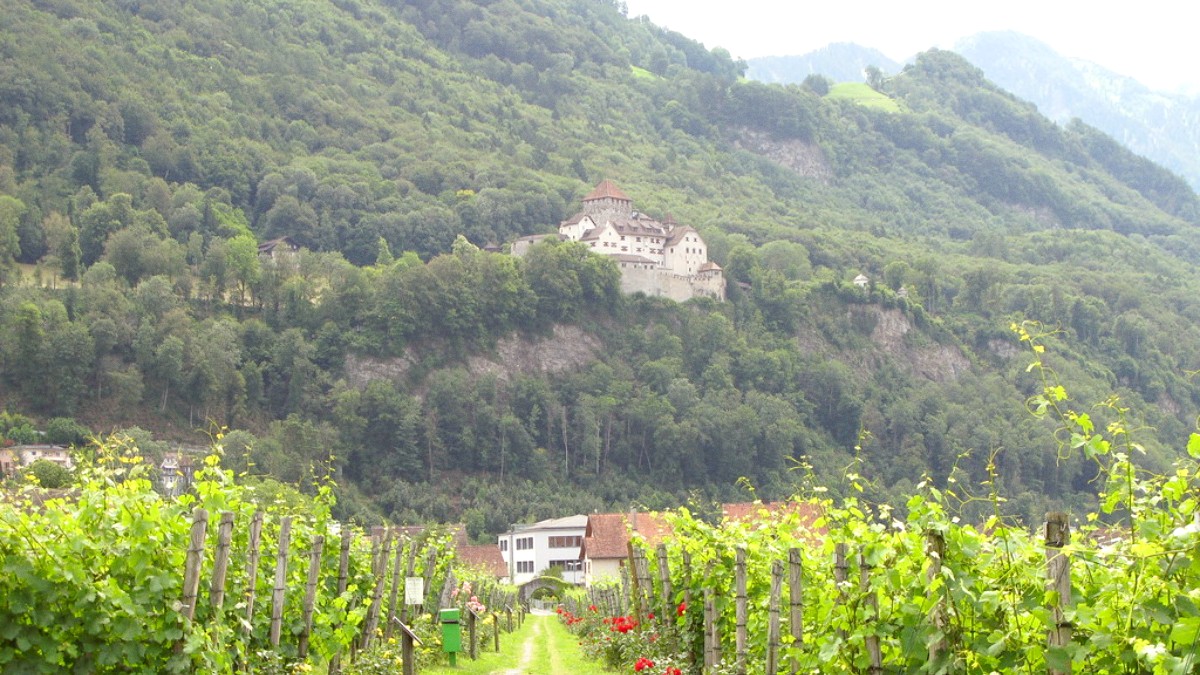
Liechtenstein
Vaduz's location within Europe's travel network provides ease of access. It is near major Swiss cities like Zurich and St. Gallen, and Austrian cities like Feldkirch. Access often uses a combination of train and local bus from international airports. Liechtenstein's small size means that from Vaduz, you may reach any point in the country with a short bus or car journey, making it a fine base for exploring. The shift from the valley floor to Alpine regions like Malbun is swift, moving from vineyards to high-altitude hiking and skiing areas in under thirty minutes. This geographic variety in a small area describes Liechtenstein's qualities.
Vaduz is well-connected to major European hubs, often through a combination of train and bus.
Zurich, Switzerland: Approximately 1.5 to 2 hours by train and bus. Feldkirch, Austria: About 30 minutes by bus. St. Gallen, Switzerland: Around 1 hour by train and bus.
Liechtenstein's history chronicles determination and careful strategy, culminating in its unique status as a sovereign principality. Vaduz's past extends to medieval times, with its castle a tangible sign of centuries of feudal governance. The region joined the Liechtenstein family in the early 18th century. Prince Johann Adam Andreas von Liechtenstein purchased the Lordship of Schellenberg in 1699 and the County of Vaduz in 1712. These acquisitions allowed a seat in the Imperial Diet of the Holy Roman Empire, as direct control of land from the Emperor was a condition. In 1719, Emperor Charles VI combined the two lordships, giving rise to the Principality of Liechtenstein.
Despite its long past, the Princely Family did not regularly live in Vaduz Castle until the 20th century. The castle dates to the 12th century, undergoing transformations over time. It functioned as a fortress, a prison, and later a residence. Its restoration in the early 20th century transformed it into the princely residence it is today. Liechtenstein remained largely unaffected by major European conflicts due to its neutrality and small size. Its customs union with Switzerland, established in 1923, strengthened its economic and political stability. This historical path, from fragmented feudal lands to a prosperous, independent state, imparts a quiet dignity to Vaduz. Historical buildings in the "Städtle" (city center) of Vaduz offer glimpses into this heritage.
Prince Johann Adam Andreas von Liechtenstein purchases Schellenberg.
Prince Johann Adam Andreas von Liechtenstein purchases the County of Vaduz.
Emperor Charles VI establishes the Principality of Liechtenstein.
Princely family establishes Vaduz Castle as main residence.
Customs union with Switzerland takes effect.
The Liechtenstein National Museum delves into these historical layers, displaying archaeological finds and artifacts that narrate the country's journey through time.
Vaduz Castle, dating back to the 12th century, served as a fortress and prison before its transformation into the Princely residence in the 20th century. While not open to the public, its presence on the hillside represents the enduring monarchy and a visible link to the nation's feudal past.
Liechtenstein's small size and neutrality kept it largely free from major European conflicts. The customs union with Switzerland, formed in 1923, further solidified its economic and political stability, contributing to its prosperity.
The historical trajectory of Liechtenstein, from fragmented feudal lands to a prosperous, independent state, gives Vaduz a quiet sense of pride.
Vaduz presents itself as a modern, prosperous town with an understated elegance. Its population is small, allowing a calm atmosphere that contrasts with the bustle of larger European capitals. The city center, often named the "Städtle," functions largely as a pedestrian zone, inviting visitors to stroll leisurely among its attractions. Modern architecture stands near older, renovated buildings, creating a visually interesting urban landscape. The famed Vaduz Castle, though not open to the public, sits majestically on the hillside, a constant reminder of the Princely Family's presence and the country's enduring monarchy.
Cultural institutions here are numerous for a town of its size. The Kunstmuseum Liechtenstein, an internationally recognized museum of modern and contemporary art, is evidence of the principality's devotion to culture. The Liechtenstein National Museum offers wide insights into the country's history, culture, and natural setting. For stamp enthusiasts, the Postmuseum provides a delightful stop, showing the country's celebrated philatelic heritage. Beyond the museums, Vaduz incorporates art directly into its public spaces, with various sculptures dotting the pedestrian areas. This open-air gallery encourages spontaneous discovery.
A gateway to Alpine mountains, with hiking, cycling, and winter sports at Malbun.
Home to world-class museums and public art installations, reflecting a commitment to cultural enrichment.
Vaduz Castle and historical sites narrate centuries of feudal rule and the birth of a sovereign state.
The dining scene in Vaduz reflects its European influences, offering traditional Alpine and Central European dishes alongside some international options. Despite being landlocked, the country features a small but respected wine industry, with vineyards visible on the hillsides around Vaduz. The Princely Wine Cellars welcome an opportunity to sample local wines. For outdoor enthusiasts, Vaduz functions as a gateway to the mountains. Numerous well-marked hiking and cycling trails begin directly from the town or a short bus ride away. In winter, the nearby ski resort of Malbun becomes a hub for snow sports. Vaduz maintains a high quality of life, which is apparent in its clean streets, well-maintained infrastructure, and courteous locals. It is a place where nature, culture, and history meet in an accessible and peaceful setting, making it an ideal destination for travelers seeking something beyond the typical tourist trail.